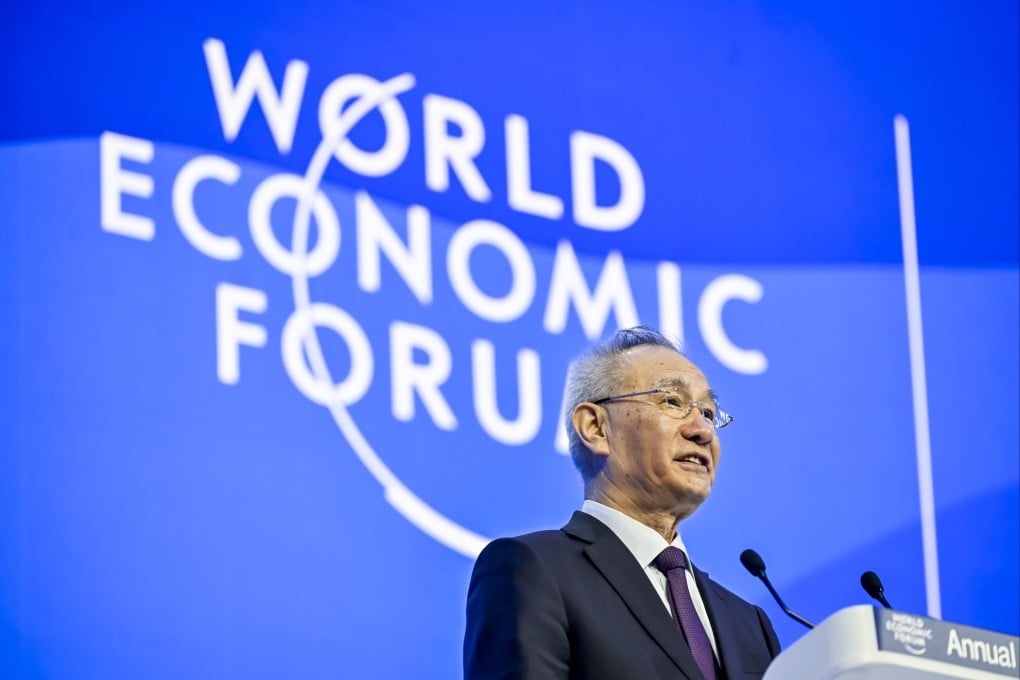Alright folks, let’s cut through the noise. Today’s market movers are a potent mix of escalating trade tensions and sobering economic realities. Let’s break it down, no fluff.

The Chinese government has essentially scoffed at the latest US tariff hikes, calling them ‘irrational’ and refusing to engage. Seriously? Another round of pointless escalation. This isn’t policy; it’s posturing, and frankly, it’s bad for everyone.
Beyond the theatrics, China is doubling down on its commitment to open trade, strengthening ties with Malaysia, as evidenced by the exchange of over 30 bilateral cooperation agreements during Xi Jinping’s meeting with Anwar Ibrahim. They’re sending a clear message: they’ll push forward with global collaboration, even as others retreat.
Domestically, Beijing is bolstering support for its export sector and actively seeking new trade opportunities. Vice Premier He Lifeng and Vice Premier Ding Xuexiang both reiterated China’s commitment to opening up, condemning protectionism as a losing game. Frankly, it’s a smart move, leveraging their economic weight to counter Western isolationist tendencies.
Now, let’s talk numbers. The WTO just slashed its 2025 global trade forecast from 3.0% to a bleak -0.2%. That’s… not good. A significant downward revision reflecting the sheer weight of global uncertainty.
Meanwhile, the US retail sales numbers for March jumped a surprising 1.4%, the largest increase since January 2023. This could provide some buffer against the slowdown, but it won’t negate the wider economic issues.
In other news, California is preparing to sue Trump over his tariff proposals– expect more legal battles. Canada’s central bank held steady on rates after seven consecutive cuts. OPEC received updated compensation cut plans from eight nations, and Huawei is gearing up for it’s HDC2025 developer conference!
Let’s unpack trade wars a bit: Trade wars are essentially retaliatory cycles of tariffs, designed to protect domestic industries. However, they disrupt global supply chains, increase costs for businesses and consumers, and ultimately harm economic growth. The core issue is often about trade imbalances – one country exporting significantly more than it imports from another.
Understanding the WTO: The World Trade Organization acts as a referee for global trade, aiming to promote fair and predictable trade practices. When the WTO revises forecasts downwards, it signals a broader concern about trade volume and economic activity. These revisions are influenced by factors like geopolitical tensions, policy changes, and overall economic performance.
Central Bank Policy: Central banks use interest rates as a tool to control inflation and maintain economic stability. A pause in rate cuts, like we’ve seen in Canada, usually indicates a watchful stance, assessing economic data without making further adjustments. It’s a balancing act!






